Denitrification
Flue gas/exhaust air purification
Denitrification
With flue gas denitrification, you can choose between catalytic and non-catalytic variants.
- Catalytic denitrification (DeNOx, SCR)x SCR)
- Non-catalytic denitrification (SNCR)
Catalytic denitrification (DeNOx, SCR)
A flue gas stream is fed to a catalytic converter with or without flue gas preheating. By adding a reagent, which is deposited in the catalytic converter, the nitrogen oxides react and are converted to N2 and H2. The reagents available are ammonia gas (NH3), ammonium hydroxide (NH4OH) or urea (CH4N2O), the latter two in different concentrations.
Heating takes place by means of a burner or electrically in order to reach the starting temperature required for the catalyst. Conversion begins at temperatures from 180 °C, but depends heavily on the raw gas conditions.
Depending on the concentration and the required clean gas value, one or more stages are connected in series to achieve the appropriate result.
A secondary heat recovery system can be installed to recover the energy still contained in the clean gas.
Non-catalytic denitrification (SNCR)
In non-catalytic oxidation, no catalyst is used to convert the nitrogen oxides, but the reaction temperature must be raised considerably. Depending on the application and the flue gas composition, temperatures between 900 and over 1,000 °C are required. To avoid NH33 slip or fluctuation of the clean gas value compared to NOx , a very homogeneous temperature range is required.
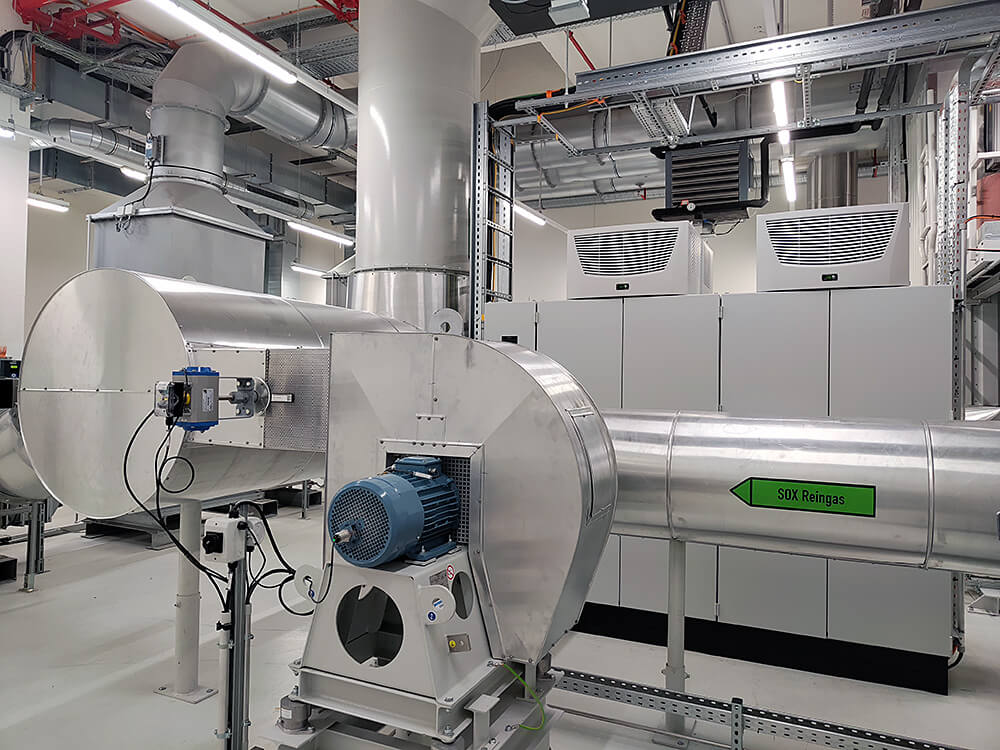
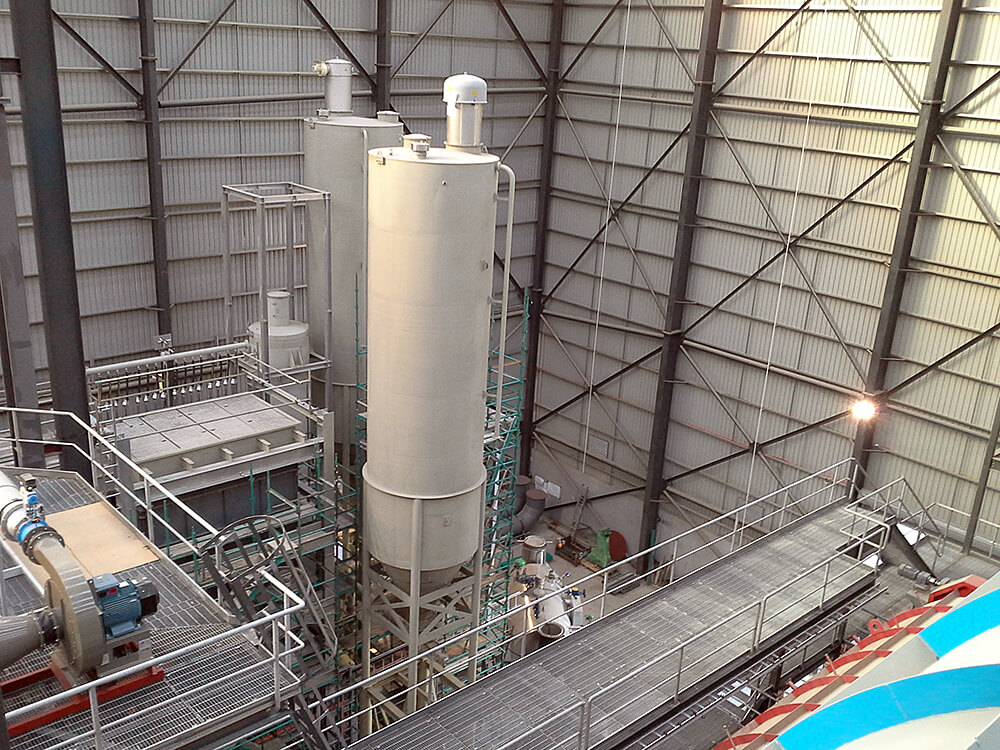
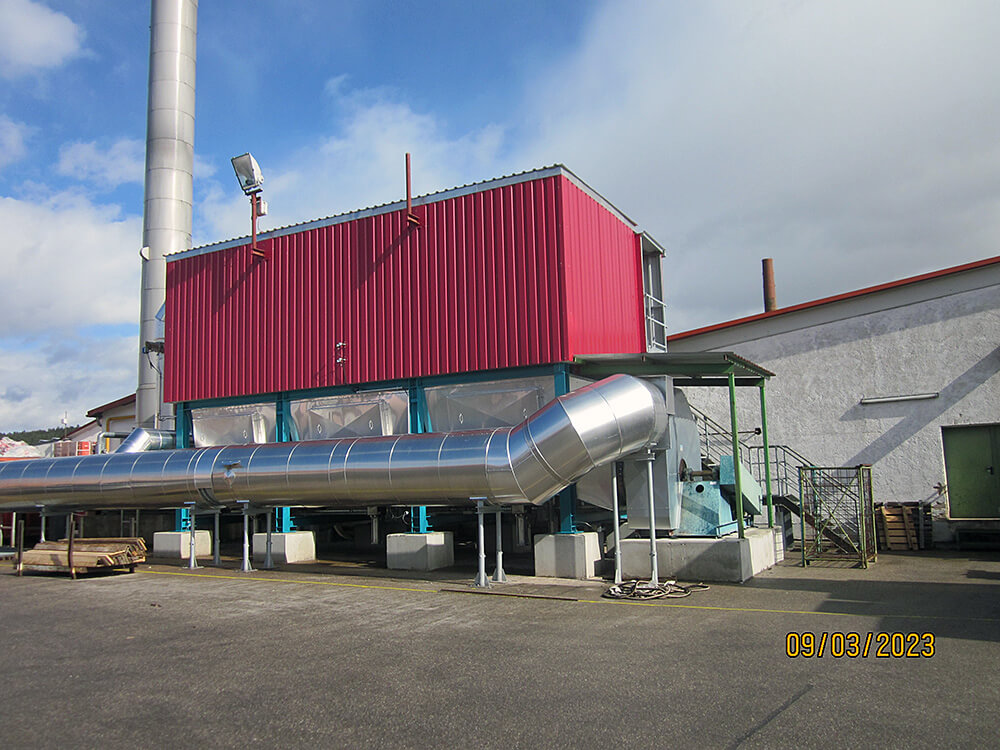
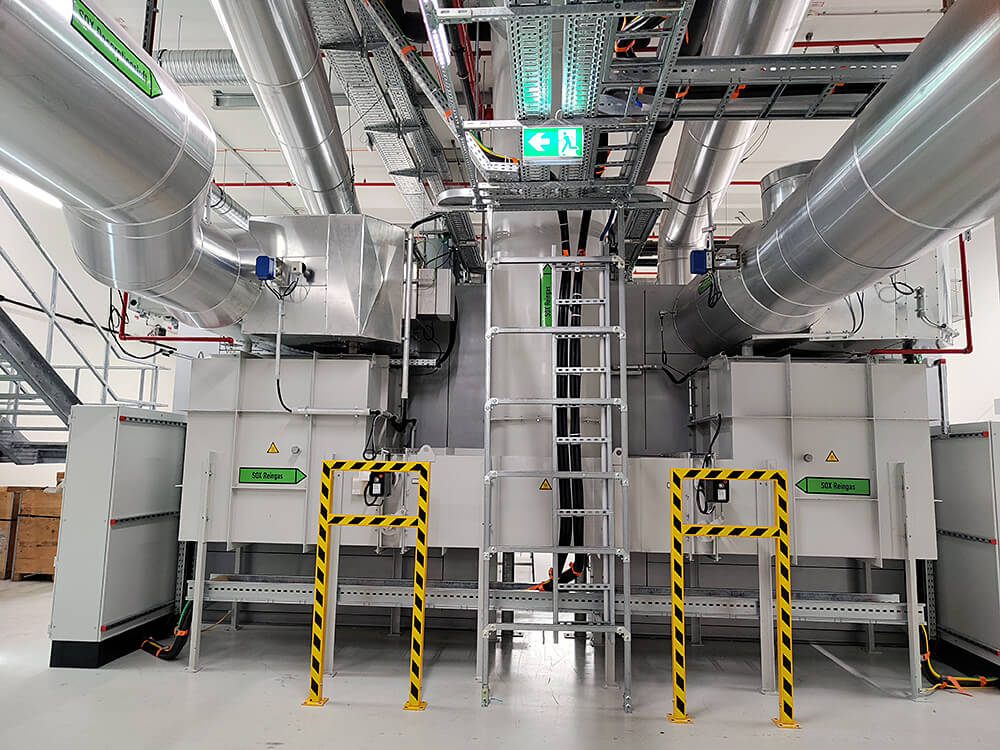
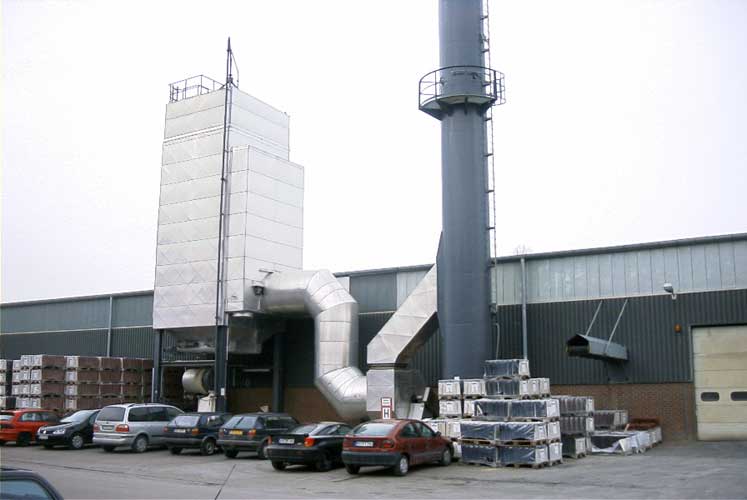
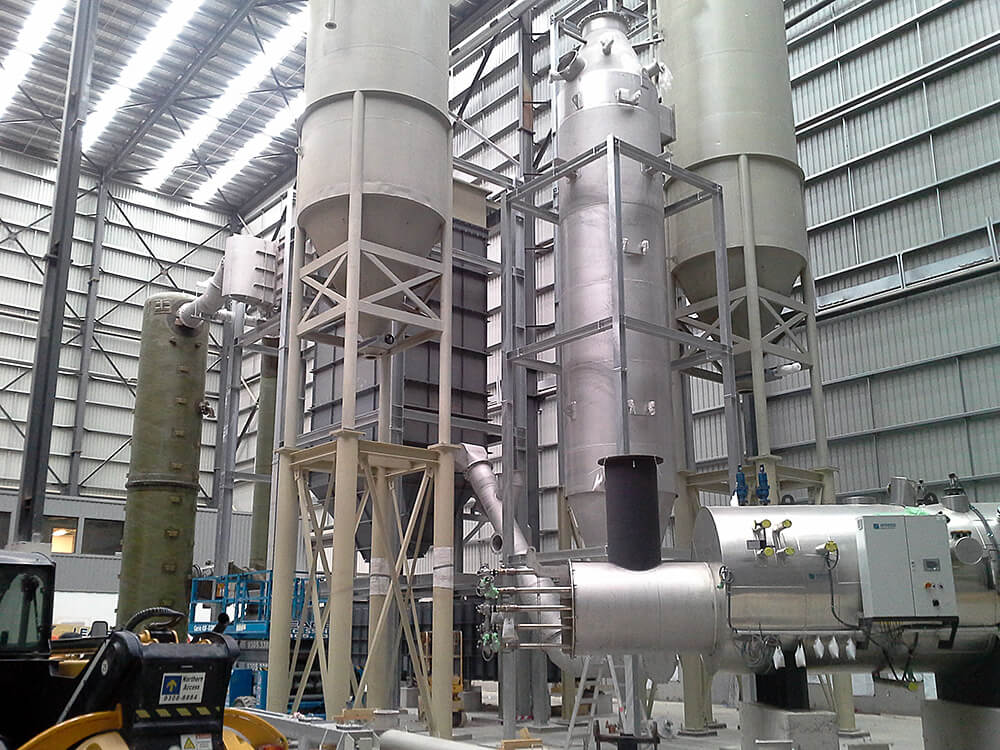
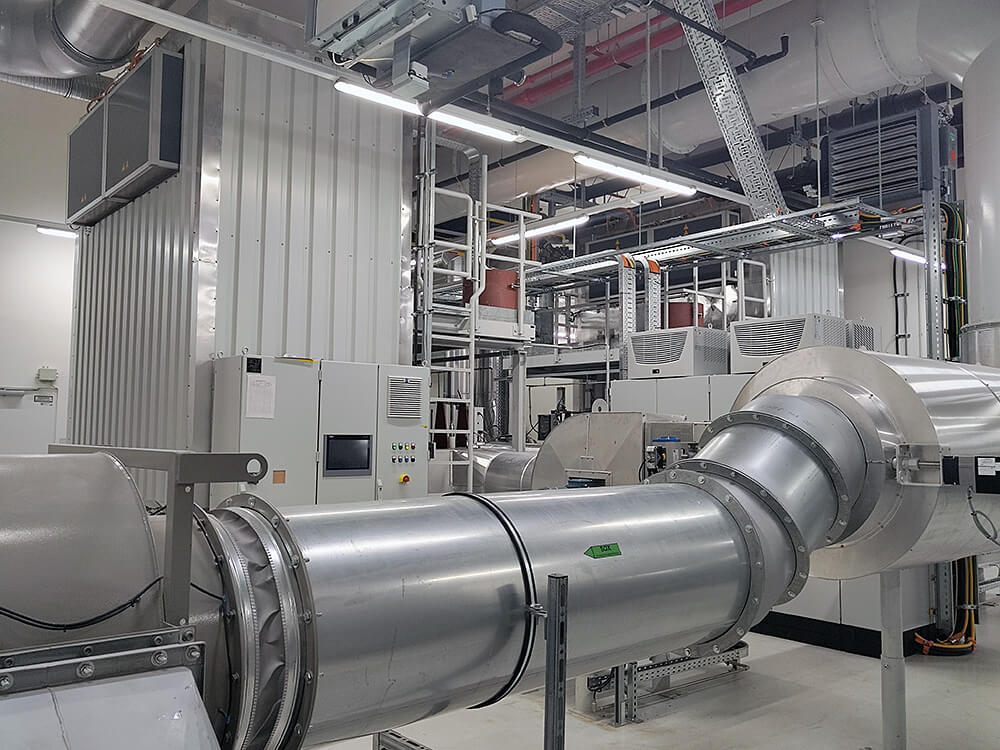
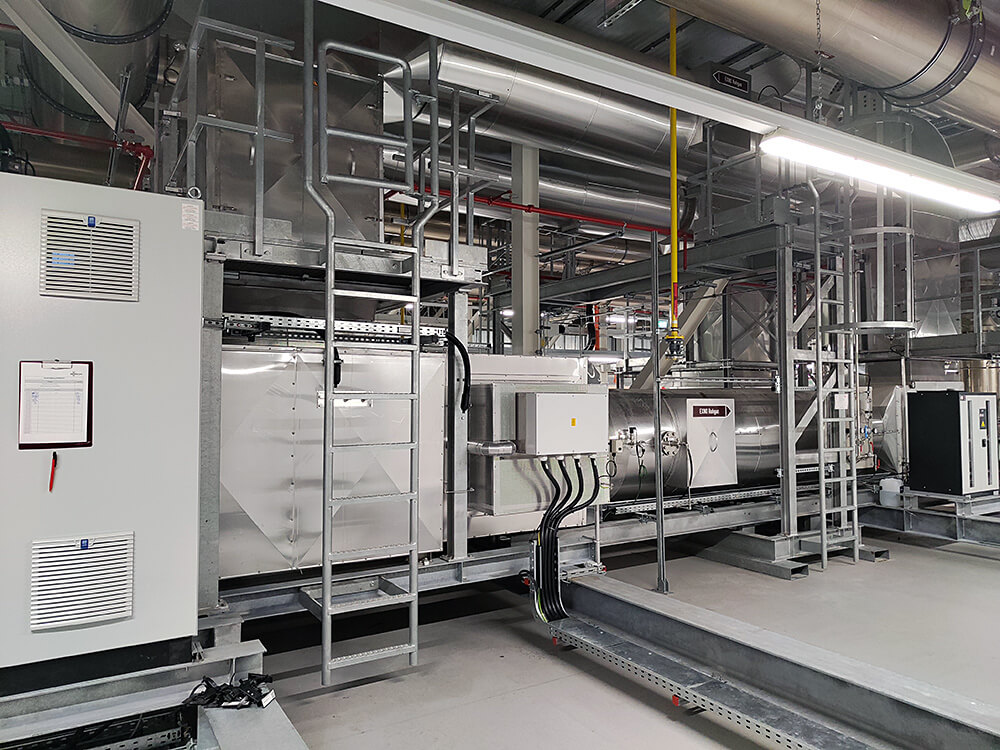
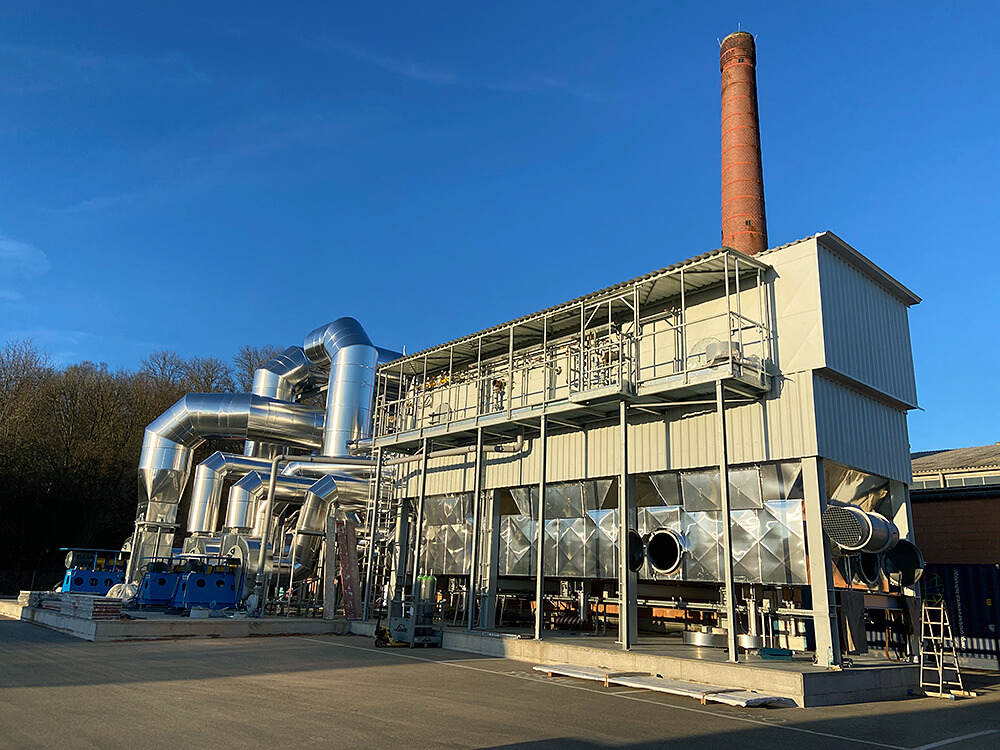
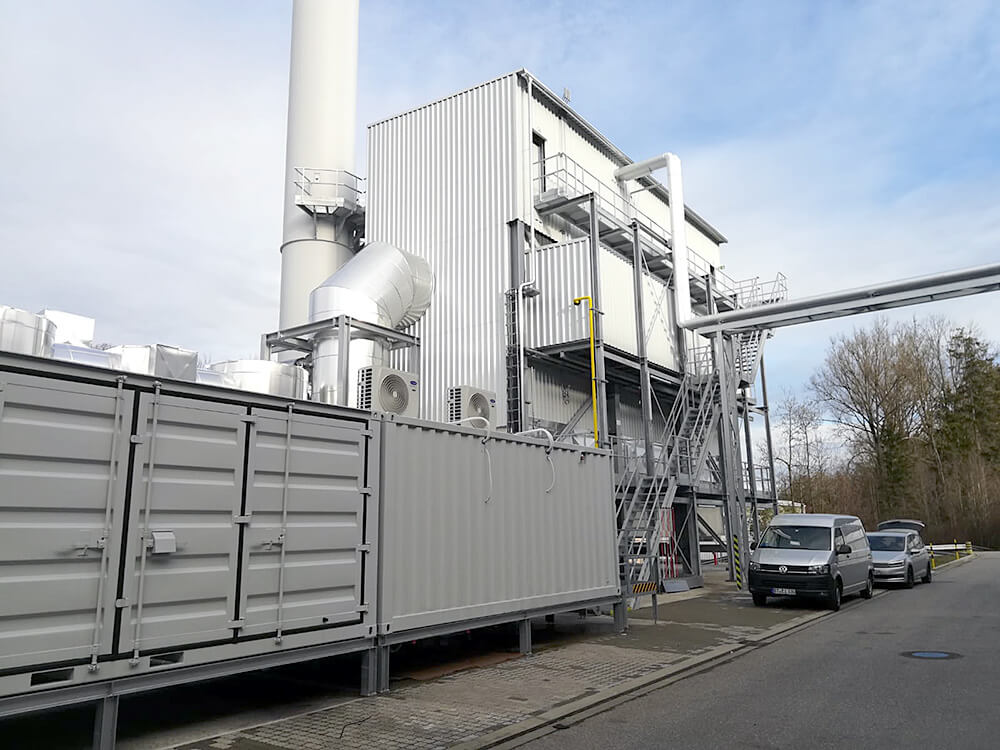
Contact
For us, service begins with advice. Get in touch with us!
